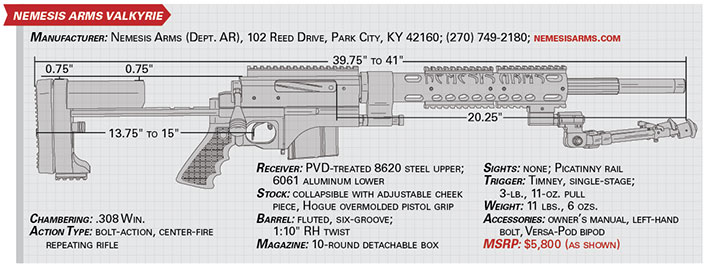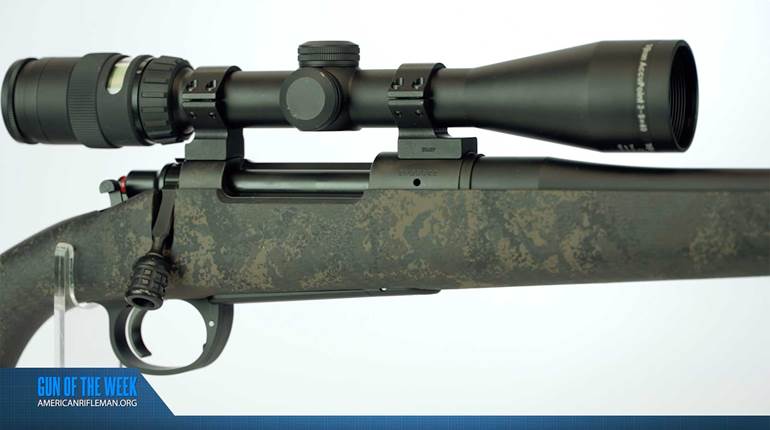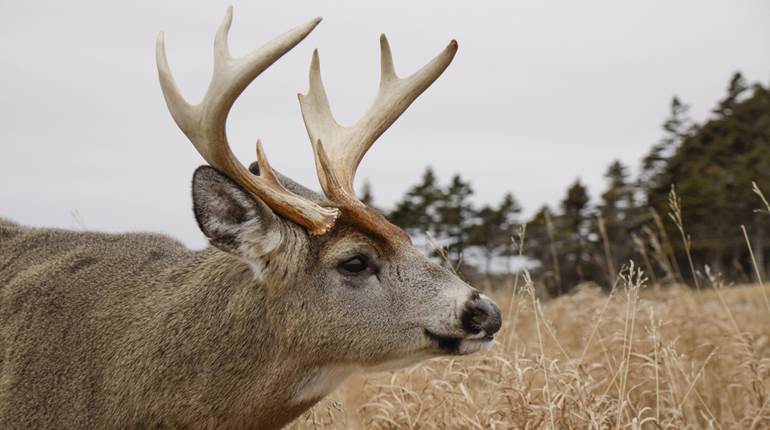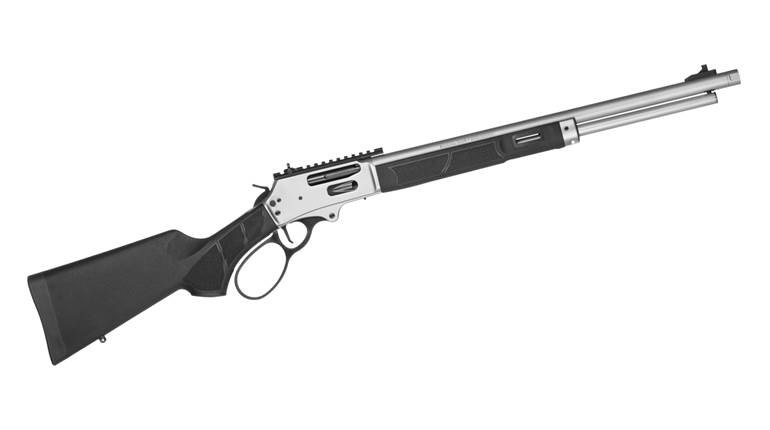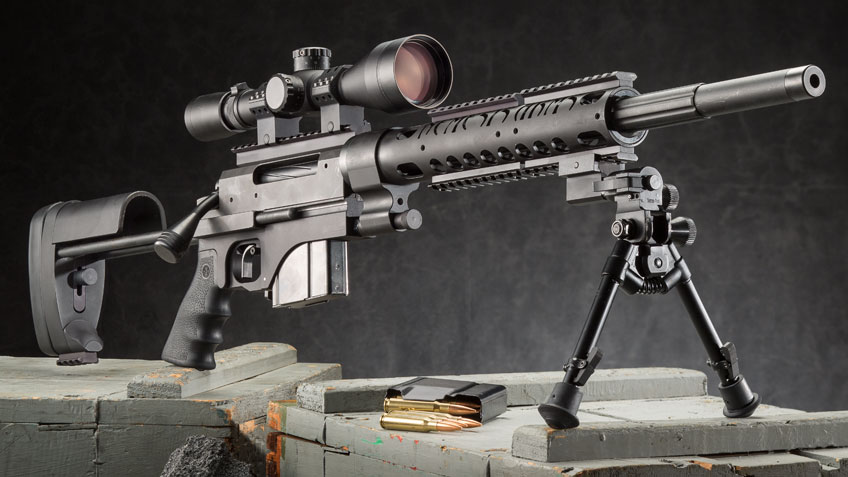
Erroneous assumptions abound regarding specific firearm designs. Takedown rifles, for example, are often panned as being inherently inconsistent, and thus deemed inaccurate. The subject of this review, the U.S.-made Nemesis Arms Valkyrie, vehemently ends inaccurate suppositions about said rifle type and exemplifies the term “versatility.”
The Valkyrie’s foundation lies in its predecessor, the multi-caliber, bolt-action-operated Vanquish. Unlike the latter, however, the Valkyrie’s PVD-treated, 8620 steel upper receiver is machined to accept both right- and left-handed bolts—and one of each type accompanies the rifle. The ejection port is traditionally located. Tight tolerances are achieved by using precise electrical-discharge machining for the bolt raceway, assuring smooth, unbinding operation of the bolt.
The bolt has dual, opposed locking lugs, a sliding-plate extractor, a plunger-type ejector and an oversize knob. In addition to fluting, the bolt body is nitrided for enhanced durability, and the knob receives the same treatment. Extending from the front of the receiver is a series of threads with a cutout that mates to one on the barrel. Once the nitrided barrel is in place, a checkered, indexing barrel nut is hand-tightened to secure the barrel to the receiver. No tools are needed.
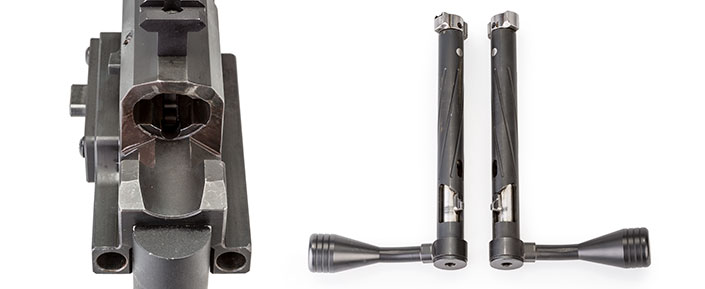
Meanwhile, a spring-loaded plunger on the receiver’s front prevents the nut from loosening during transport or recoil. The unique design assures proper headspacing and consistency, the latter of which is critical for repeatability (and, thus, accuracy) and guaranteed return to zero. Topping the receiver is a 6 5⁄8"-long section of Picatinny rail.
The dual steel bars of the standard stock assembly pass through a steel housing on each side of the receiver’s rear. Pressing the “push” button permits rapid adjustment of the stock for shooting or storage—sans barrel, the Valkyrie collapses to a scant 16½". Five cutouts in the left bar enable several options for the length-of-pull setting, allowing the rifle to fit a range of shooters and situations. The buttstock also has an adjustable comb for proper eye-to-optic alignment and a slip-on recoil pad. Nemesis Arms has an adapter (sold separately) to which any AR-style buffer-tube stock can be added.
Unlike the upper receiver, the non-stressed lower receiver is made from 6061 aluminum. In addition to the magazine well, bilateral fire controls and a Hogue overmolded rubber grip with a palm swell and finger grooves are located on the lower receiver. Custom-made by Timney, the proprietary, Model 700-compatible trigger has a flat, 3/8"-wide shoe, and broke at an average pull weight of 3 lbs., 11 ozs., with no discernible creep or overtravel.
Placement of the Valkyrie’s bilateral safety is anything but typical: it is located inside the top of the trigger guard. When the safety is in the rear position the trigger is locked, though the bolt can still be manipulated for loading and unloading. Pressing it forward readies the rifle to fire. Reliefs machined into both sides of the lower receiver enhance access to the safety for fingers clad in bulky, cold-weather gloves.
A dual-purpose stud at the front of the lower receiver serves as an attachment point for the included Versa-Pod bipod, and the stud pulls double-duty as a means for securing the aluminum, free-floating handguard (shown), which can be purchased separately for $450. Should the latter be selected, the Versa-Pod mount can be attached to a section of Picatinny rail beneath the handguard. Mimicking that on the bottom, the top of the handguard has two 4 1⁄8"-long sections of Picatinny rail. Rails can be attached at the 3-o’clock and 9-o’clock positions, too.
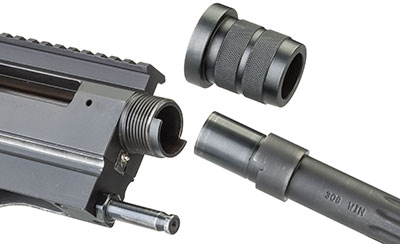
The Valkyrie’s 20¼" barrel is designed for quick, easy, tool-free removal and replacement with unwavering consistency. It’s the heart of the multi-caliber system. Since .243 Win., 6.5 mm Creedmoor, .260 Rem. and .308 Win. all utilize the same bolt face, changing chamberings requires only a barrel swap. Doing so takes less than a minute. Additional barrels from the company cost $950. Residing outside the above mentioned group of cartridges, the .300 WSM is available as an option, but requires a separate bolt. Barrels for the Valkyrie measure 1" in diameter at the receiver and 7/8" behind the muzzle threads. The threads are cut at a standard 5/8x24 pitch, making the addition of a suppressor or aftermarket muzzle brake a cinch. The chamber is cut using Pacific Tool & Gauge (PTG) match-grade reamers, and the barrel ends with an 11-degree crown. Eight 12 3⁄16"-long flutes enhance the Valkyrie’s appearance, slightly reduce heft and aid cooling. Feeding the Valkyrie are U.S.-made, 10-round detachable box magazines.
To test the Valkyrie, we first mounted a Weaver Grand Slam 4-16X 44 mm scope and gathered three match-grade loads. Formal accuracy testing of the Valkyrie took place at 100 yds.; however, several groups were subsequently fired at 300 yds. to evaluate the rifle’s performance at distance. The 100-yd. results are tabulated nearby.
As is evidenced in the table, the Valkyrie is capable of superb accuracy. Of the loads tested, the standout was Hornady Black 168-gr. A-Max, which averaged an impressive 0.55" for five consecutive, five-shot groups at 100 yds. No group with any of the loads exceeded one m.o.a. Despite an inconsistent, half-value wind across the 300-yd. range, groups at that distance ranged from 1.80" to 3.32".

During testing, we were cognizant not to torque the stock, which can be easily done in the outermost positions. Should you dislike the design, other options are available; given the level of accuracy that we attained, we found no reason to deviate from the standard collapsible stock. Operation of the rifle was flawless, with no failures to feed, fire, extract or eject. Besides the bolt-release button’s somewhat indistinct feel, there’s little we’d change about the Valkyrie. We found it easy to shoot, and, with a full magazine and optic aboard for a heft of more than 12 lbs., recoil was minimal.
Assuredly, price is the biggest constraint for prospective purchasers of the Nemesis Arms Valkyrie. Simple economy dictates that, given its cost, the Valkyrie isn’t an everyman’s rifle. It’s not meant to be. But the rifle offers many innovative features—extreme compactness, fully bilateral operation, tool-less takedown and multi-caliber capability—and what it does, it does very well.
